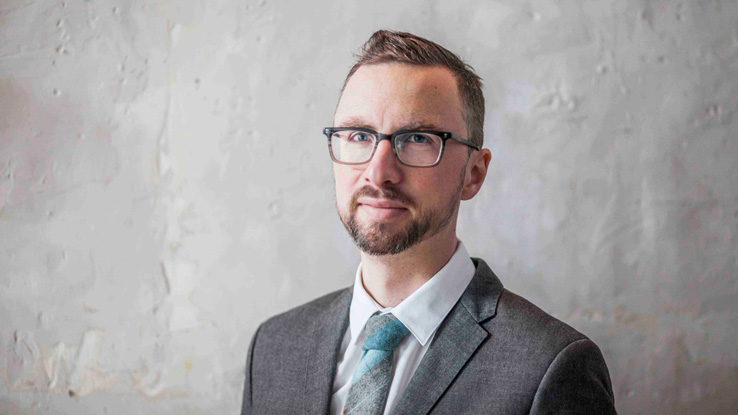Op-ed by Dr. Dan Werb in The Globe & Mail
When a cluster of unexplainable pneumonia cases emerged in Hong Kong and the nearby Chinese city of Guangzhou in November, 2002, the world stood rapt. From a few dozen cases, the epidemic grew to include hundreds; as the numbers mounted, so did the deaths. The new pathogen had all the hallmarks of being pandemic-ready: It could transmit itself efficiently across human populations, it killed more than 10 per cent of those that were infected and it was a virus the world had never seen before.
That virus was severe acute respiratory syndrome, or SARS, the first pathogenic human coronavirus ever detected – and a close relative of SARS-CoV-2, the cause of the COVID-19 pandemic. When SARS first spread to Canada in the spring of 2003, Bob Brunham, a vaccinologist and the director of the BC Centre for Disease Control, helped lead a team that first mapped its genome. But after having seen the virus spread unchecked to every global hemisphere in a matter of months, he decided mapping it wasn’t enough.
If humanity was to ever keep up with emerging pathogenic abominations such as SARS, a leap in vaccine development was urgently needed. It was an audacious gambit because, at the time, the timeline for getting a vaccine to market was measured in decades, not years – making them a poor strategy for fast-moving epidemics. Vaccine production was also totally cornered by pharmaceutical companies, which were the only ones with the estimated US$100-million that was the minimum amount needed to get a viable product to market.

